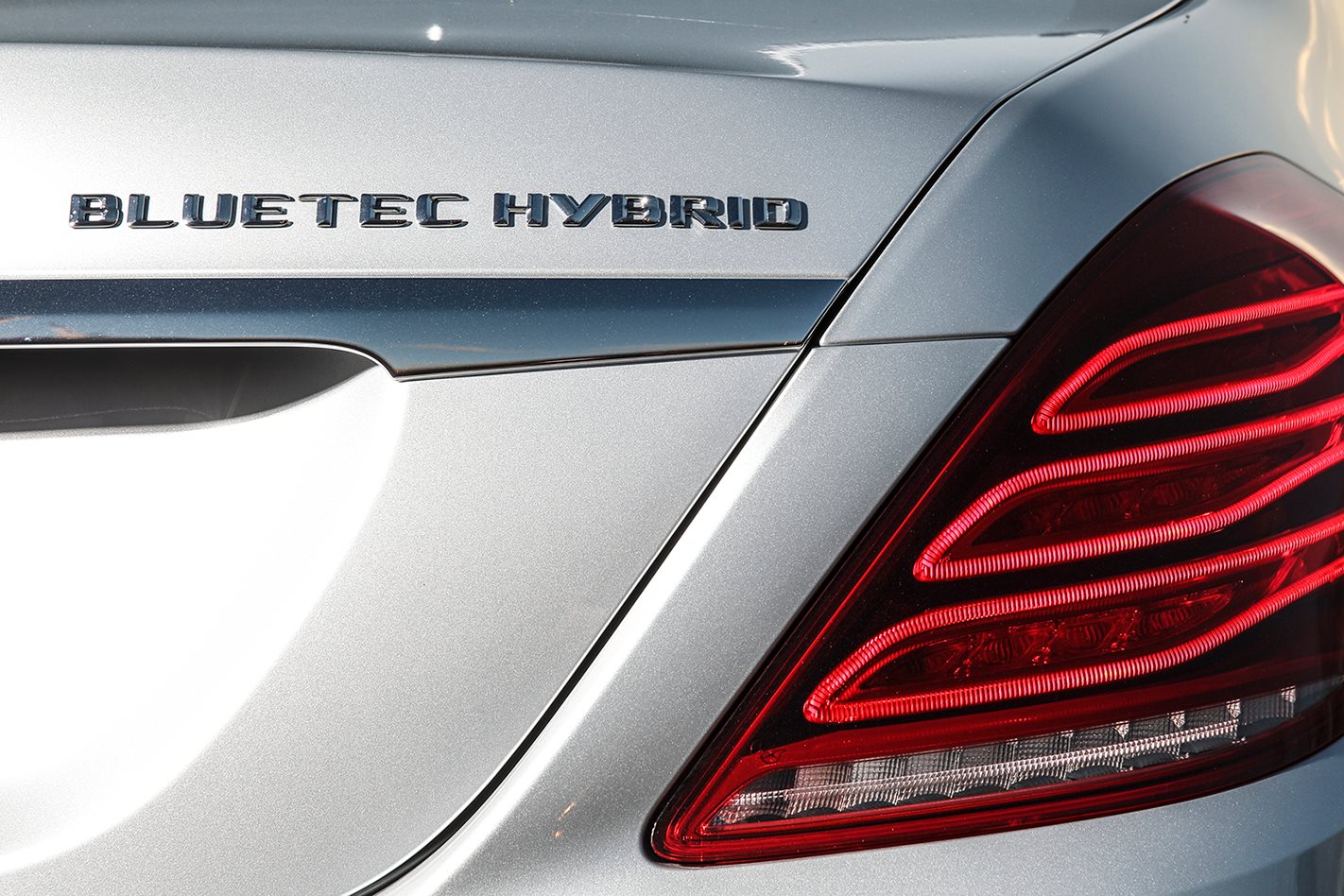THE Mercedes-Benz light-bulb moment with hybrid and electric vehicle technology didn’t come until well after darkness fell.
But now that the German luxury-car maker has seen the light, it’s full speed ahead with an avalanche of hybrids and EVs across the full range of volume products – from Smart tiddler to S-Class limousine.
While Mercedes hasn’t stepped away from the exciting sports saloons and GT cars that form a key part of its DNA, it is directing much of its research and development at cars that will help it achieve ever-tougher mandated European fleet average emissions targets – 95g/km, which equates to 4.0L/100km consumption – by 2020.
Daimler AG board member and head of research and development, Thomas Weber, says that, while the hybrid approach is being rolled out across the range, the Mercedes’ large cars are a specific EV focus.
“We’re making them smarter, rather than smaller,” Dr Weber said. “The rule of thumb is that the combustion part [of the hybrid systems] will diminish over time.”
But Dr Weber also warns of market realities: “Technology has to be affordable or there is no business case to go in that direction.” In other words, how much the punters are prepared to pay.
Australian consumers have already seen the S300 Hybrid, which costs $195,000 and achieves a combined fuel economy figure of 4.9L/100km, the E300 Hybrid ($109,400 and 4.5L/100km) and the C300 Hybrid ($71,900 and 3.8L/100km).
All three utilise the 2.1-litre 150kW/500Nm four-cylinder turbo diesel engine combined with a 20kW/250Nm electric motor with a smaller battery.
Remarkably, half of Mercedes-Benz’s R&D budget is directed at green technologies, the long-term goal being zero-emissions mobility.
Dr Weber describes the S500 Hybrid as a major step towards this aim, adding: “We have massively reduced our CO2 fleet emissions in Europe: from 230 grams in 1995 to 134 grams last year.”
Average fleet consumption has fallen by more than 40 per cent.
The stunning S500 Plug-In Hybrid, a car Merc boasts is the “most efficient and intelligent” S-Class yet, is close to launch and is heading to Australia in about a year from now.
“The S500 Plug-In shows the consumer is making no great sacrifice with these high-tech powertrains,” Dr Weber said confidently, pointing to its extraordinary combined fuel economy of 2.8L/100km.
Next year, Mercedes will add a new C-Class fuel-sipper – the C350 Plug-In Hybrid – to Australian showrooms.
Dr Weber says Mercedes will launch up to 10 new models with plug-in hybrid powertrains by 2017. This includes C-, E- and S-Class models, along with a number of SUV models, including the popular ML-Class due for a facelift next year.
While the present focus is on the bigger vehicles, smaller models including the A-Class, B-Class, CLA and GLA won’t escape the hybridisation treatment, and the resultant economy magic wand.
Mercedes-Benz also plans to continue with its mild hybrid BlueTec variants, including the S300, E300 BlueTec and C300.
The company’s vice-president in charge of electrics, electronics and e-Drive, Harald Kroger, says the key to the acceptance of its hybrid products is their user friendliness and daily driver capabilities.
“People who buy, say, a Tesla might own five cars in all. The S500 Plug-In has a range of 33km on electric alone and our buyers are people who maybe only have one or two cars, who commute fewer than 60km daily, ” Kroger said. “So with a recharge at work they can run exclusively on battery power.”





